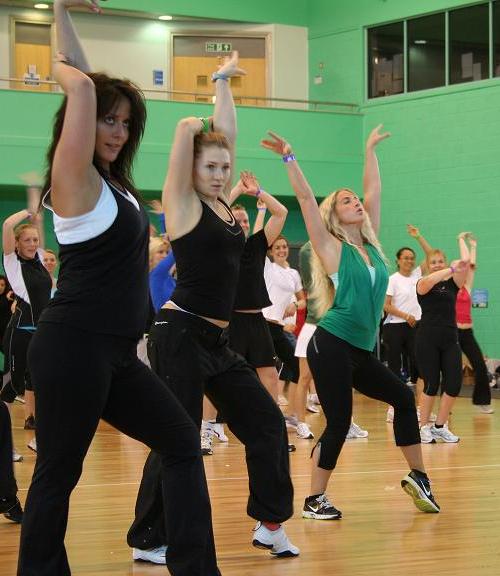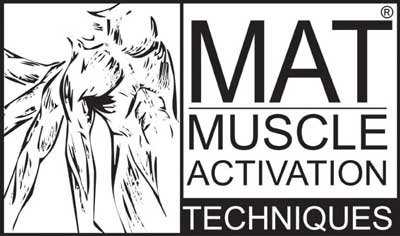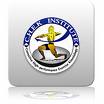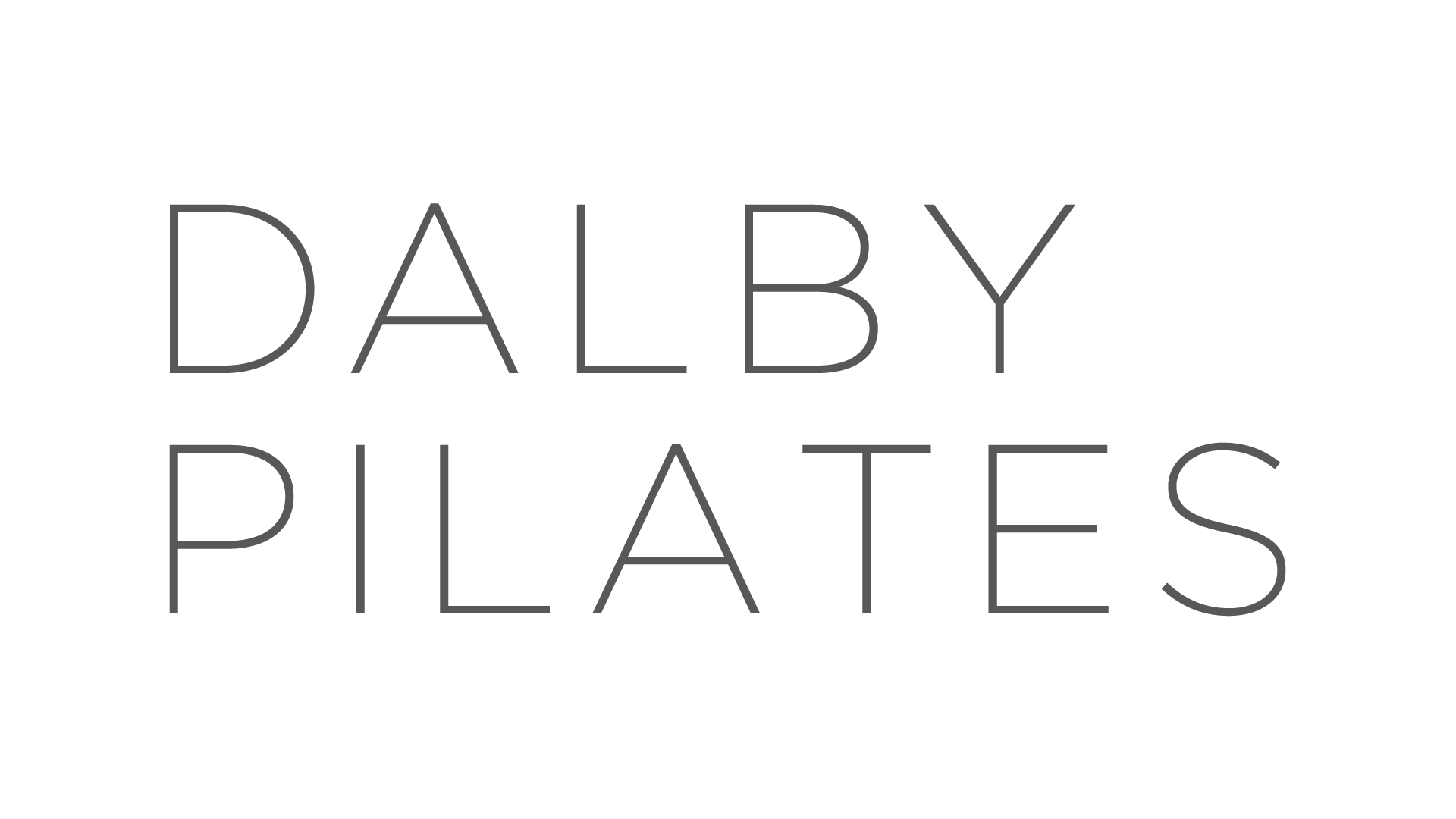
The general atmosphere was that of learning, discovery and passion! Although the gentlemen attendees I spoke to seemed to want to display their superior knowledge! The majority of the people I met were extremely friendly with a genuine desire to learn. Overall there was not a competitive atmosphere, which personally I
cannot stand and unfortunately in my experience, seems to be present at many conventions.
I selected the seminars which I could most easily apply to training dancers or similar problems experienced by the dance community. I arrived on the Saturday morning and the first lecture set me up for the rest of the weekend – absolutely fantastic! Because every session was so interesting I thought it would be best to hear the highlights;
Muscle Activation Technique (MAT) – Greg Roskopf MA
Greg Roskopf is the founder of this theory and it has rapidly been recognised as a technique which is essential for rehabilitation. His severe experience with sports related injuries in his early years prompted him to investigate pain and injuries. This is where he discovered the basis of his
‘Muscle Activation Technique’ which is ‘A biomechanically based process for identifying and correcting muscular imbalances that contribute to chronic pain and injury’ (Session notes 2009).
- Whilst many of us assume that we need to stretch out muscles to increase our flexibility and ease the pain, work through the pain or stop doing exercise which causes the pain, MAT has found that by following these actions either does not address the problem or can actually increase the problem and cause more pain. The fundamental thinking behind this technique is to find the actual problem (not necessarily where the pain is) and activate and strengthen those muscles.
- Improving the communication pathways between the brain and the muscles is a key process in this technique. By strengthening this communication, movement can be dramatically improved with out flexibility or strength training. MAT looks at the neural issue behind the pain and stiffness as opposed to the soft tissue/muscle problem.
- Muscle tightness is the body’s reaction to instability which is an automatic protection mechanism. Stabilise the body and range of movement can be increased. The stabilising muscles are slow twitch fibres which means slow controlled stabilising movements need to be included within a training program. These deep muscles need stamina and endurance as they are used constantly within the body (involved in posture and alignment).
The great thing about this technique is that it is a prerequisite to movement and prepares the body to move in an efficient and healthy manner. This is defiantly something which will benefit dancers. 
Instead of stretching or massaging pain away, how about locating the REAL issue first and improve the communication between the brain and that weak muscle? Not only does this require less strenuous activity but it will improve your technique and movement in general.
For more information contact me or visit the MAT website.
Swiss ball techniques for corrective posture & stability deficits – Paul Check HHP
Paul Check him self is an interesting character! His presentation was vibrant, well communicated and entertaining! Although personally I did not feel quite at comfort with his style of presenting, his knowledge and Swiss ball techniques were excellent.
· Paul began the workshop with a survival reflex exercise which was really interesting and a useful tool. ‘Using the survival reflex overrides the inhibitory pathways which have been developed, to active the correct muscles’. Just by lightly pushing a client who is sat on a Swiss ball, can activate core muscles which have been, or are inactive. This really works and is actually quite tiring! People in general develop bad posture and alignment by not activating the correct muscles in the body. The problem is they do not often realise it! This method is simple but extremely effective and you can feel the difference in the body instantly!
· ‘The brain always moves where there is strength’. So the stronger muscles dominate the movement which ultimately increases their strength. This also ingrains and strengthens the communication between the brain and the dominant muscles creating imbalance. It is the weaker muscles which must be focused on, which means taking simpler movements and practising/strengthening those pathways slowly.
· A simple trick to quickly activate muscles is to gently touch them. Whilst a client is moving, you can gently tap the muscles which should be working. This activates the muscle and allows you to find out if they are actually using the correct muscles or not.
· There are four main training benefits of using the Swiss ball in this approach;
1. Nervous system training
2. Survival reflexes (dormant muscles, reflex training for righting and tilting
reflexes)
3. Avoiding fixed patterns of movement
4. Assessment, postural and stability improvement plus core conditioning rolled into one exercise (Big BangTM exercises)
All of the exercises and techniques are great for dancers. Rather than trying to build strength in the conventional way – lifting weights, conditioning exercises (which many dancers do not like for fear of ‘bulking up’), these exercises provide strength training for the many other areas of the body which are commonly neglected.
After all, it is the combination of the core, stabilisers and proprioception (communication between the brain and muscle receptors) which actually determine our quality of movement. Quality of movement – Is this not we strive so greatly for as dancers? Yes! So strengthening these 3 areas should be a priority.
For more information contact me or visit the Check Institute website.



